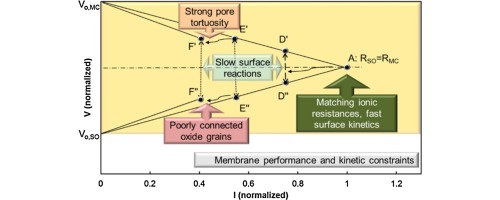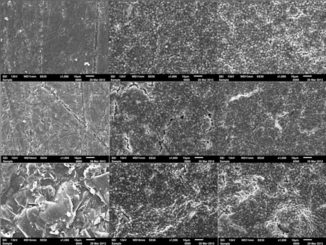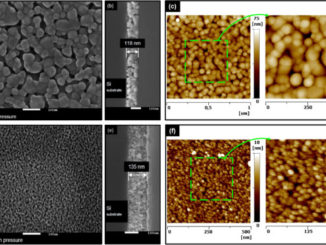
On the Model Performance of Composite CO2 Separation Membranes
Abstract: A simple model on the performance of composite CO2 separation membranes (ceramic oxide-ion conductor and molten alkaline carbonates) is derived from an equivalent circuit comprising two interlinked cells, using the main electrical circuit component analogs of the electrochemical characteristics of each composite phase (thermodynamic voltages and ionic resistances) and surrounding gas phase activities of species involved in the surface reactions. A newly introduced graphical solution inspired in conventional corrosion diagrams is used to benchmark, map and discuss membrane performance, including the roles of cell inner ionic transport and surface/interface reaction processes. The impact of oxide phase composition (ZrO2, CeO2 and Bi2O3- based oxides), content (40–90 vol%) and working temperature (873–973 K) on membrane performance are assessed in detail, highlighting the limits of materials currently available. Selected examples of published data on membrane performance are used to demonstrate the efficacy of the suggested diagram and to comment on permeation kinetic constraints, namely phase tortuosity.
Author(s): Marques, F. M. B.; Patricio, S. G.; Muccillo, E.; et al.
Electrochimica Acta
Volume: 210 Pages: 87-95 Published: 2016
DOI: https://doi.org/10.1016/j.electacta.2016.05.141
PDF: On the Model Performance of Composite CO2 Separation Membranes




